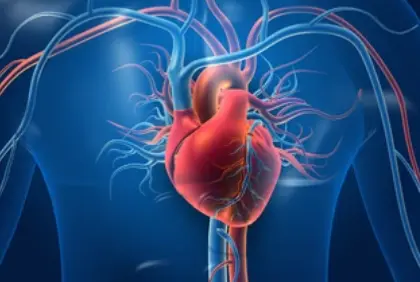 Welcome
Welcome
“May all be happy, may all be healed, may all be at peace and may no one ever suffer."
Septic Arthritis - Generics
Septic arthritis, also known as infectious arthritis, is a bacterial or fungal infection of a joint. It can occur in any joint, but most commonly affects the knee, hip, shoulder, and ankle.
The infection usually starts in another part of the body and then spreads to the joint through the bloodstream. The most common cause of septic arthritis is bacteria, such as Staphylococcus aureus or Streptococcus, but it can also be caused by fungi or viruses.
Symptoms of septic arthritis can include severe pain in the affected joint, swelling, redness, warmth, stiffness, and fever. The joint may also feel tender to the touch and may be difficult to move.
Diagnosis of septic arthritis is typically made by analyzing a sample of fluid from the affected joint, which can confirm the presence of bacteria or other infectious organisms.
Treatment for septic arthritis involves prompt and aggressive antibiotic or antifungal therapy, usually delivered intravenously. The affected joint may also need to be drained of fluid to remove infectious material and reduce pressure within the joint. In some cases, surgery may be necessary to remove infected tissue or repair damage to the joint.
Early diagnosis and treatment of septic arthritis is important to prevent long-term joint damage and disability. If you suspect you may have septic arthritis, it is important to seek medical attention right away.

Malignant Hypertension

Atelectasis

Keratitis

Retinal hemorrhage

Condylomata acuminata

Allogeneic bone marrow tr...

Spasm

Yellow fever infection
Septic Arthritis, সেপটিক আর্থ্রাইটিস
To be happy, beautiful, healthy, wealthy, hale and long-lived stay with DM3S.